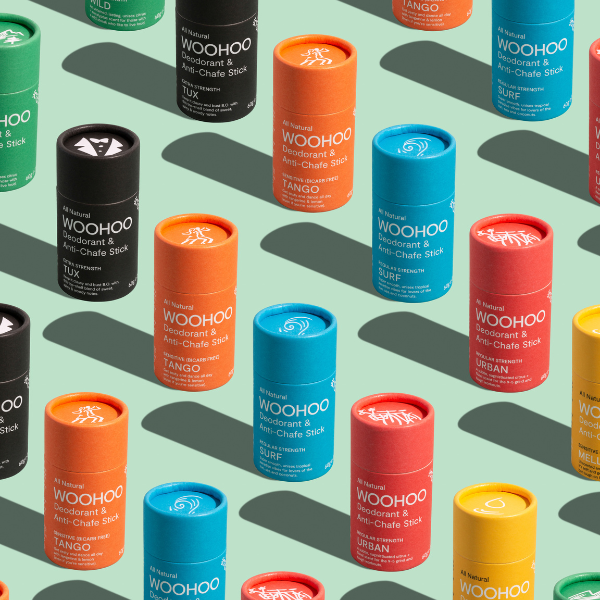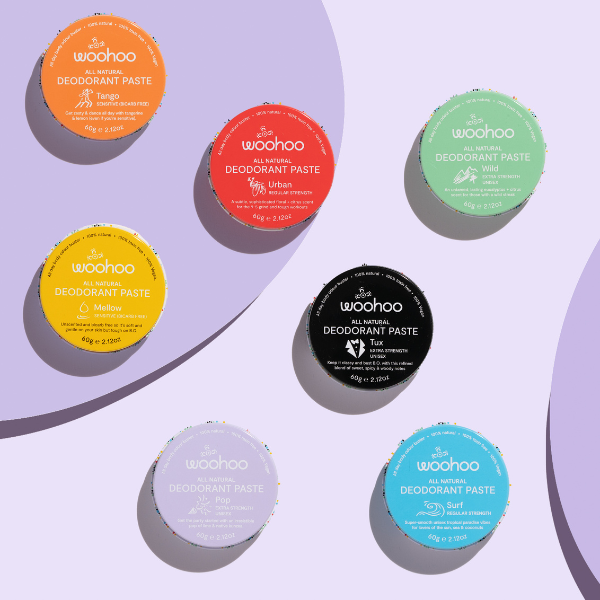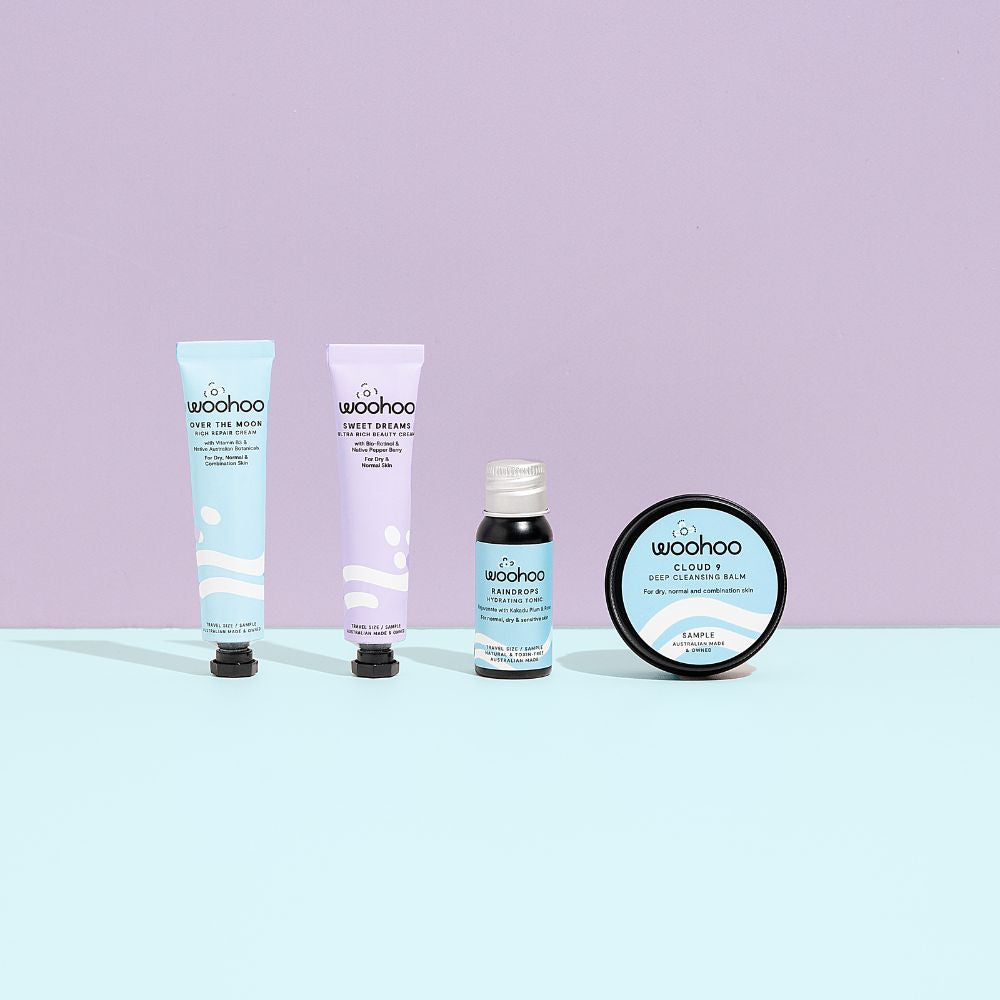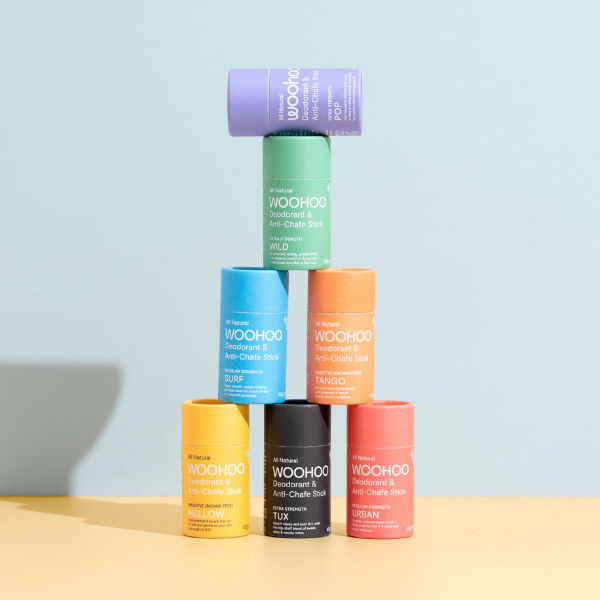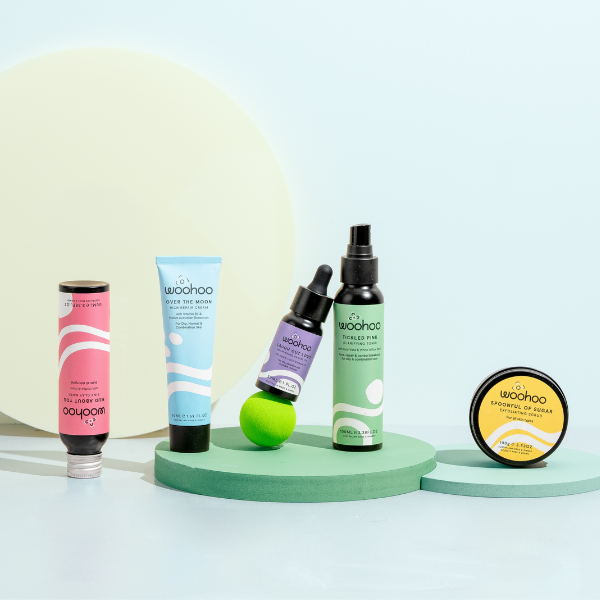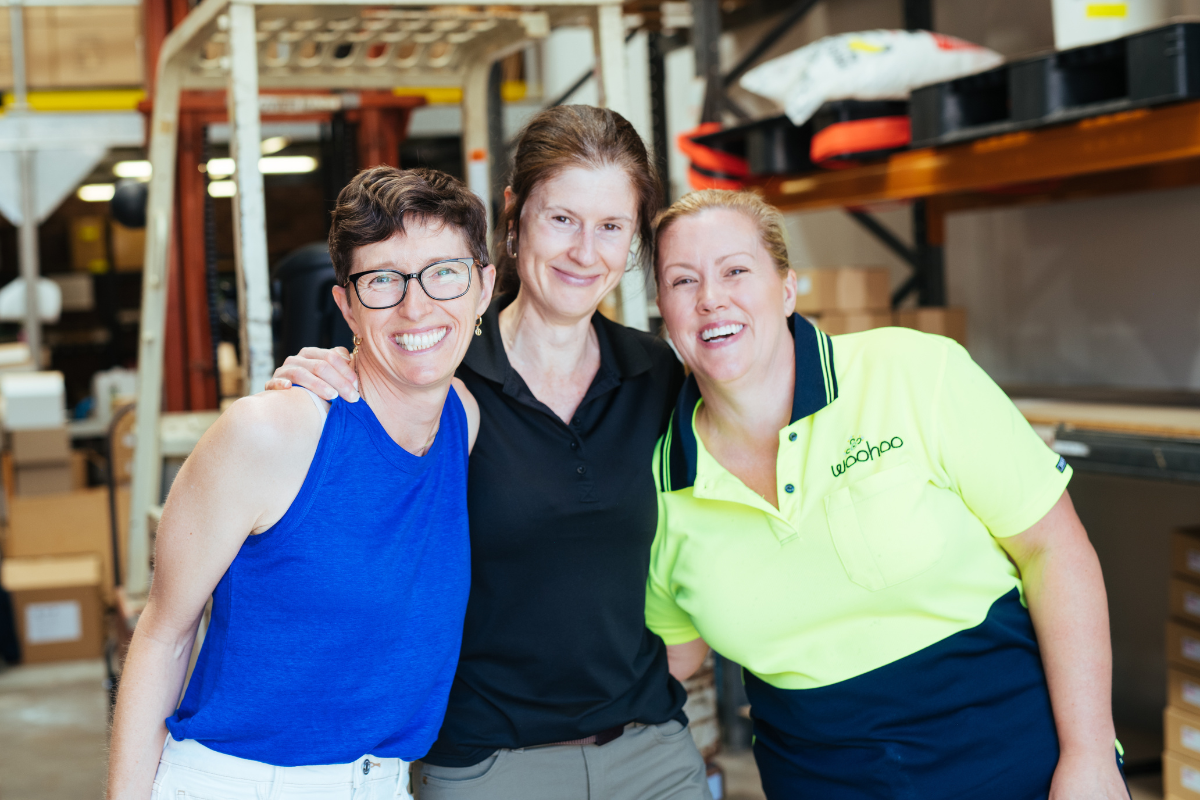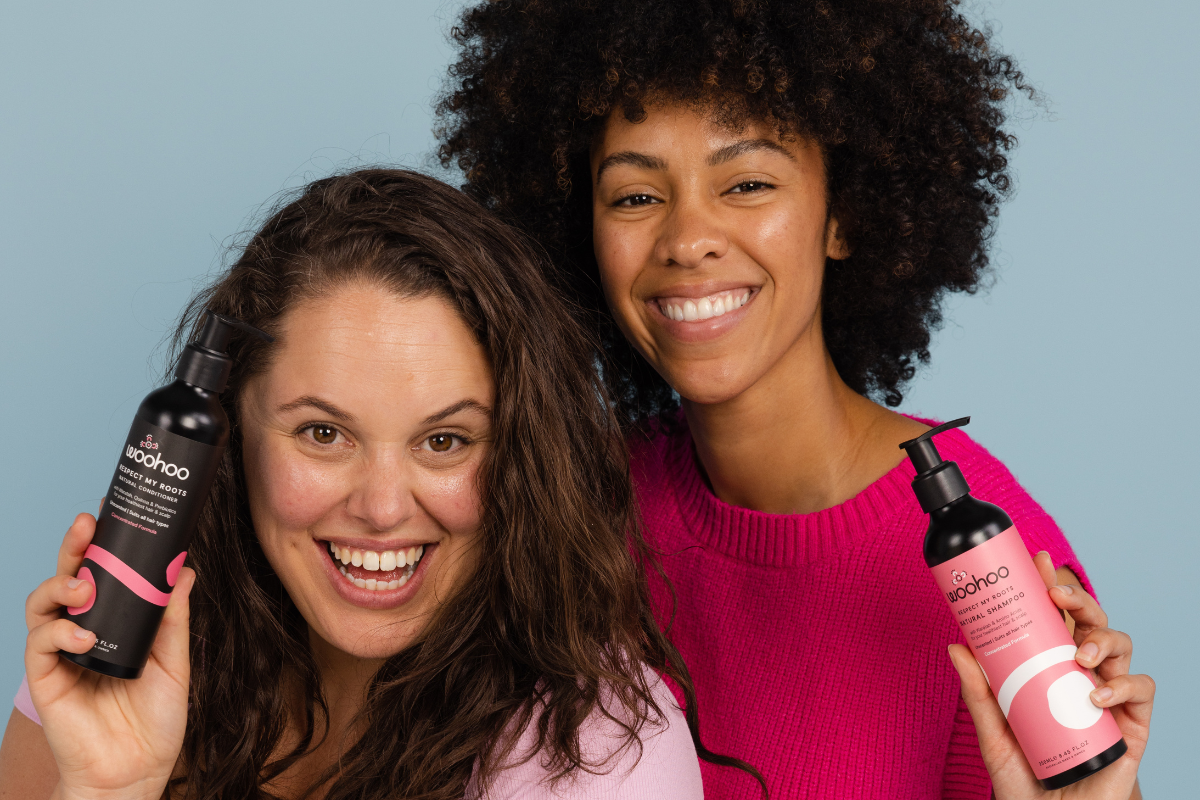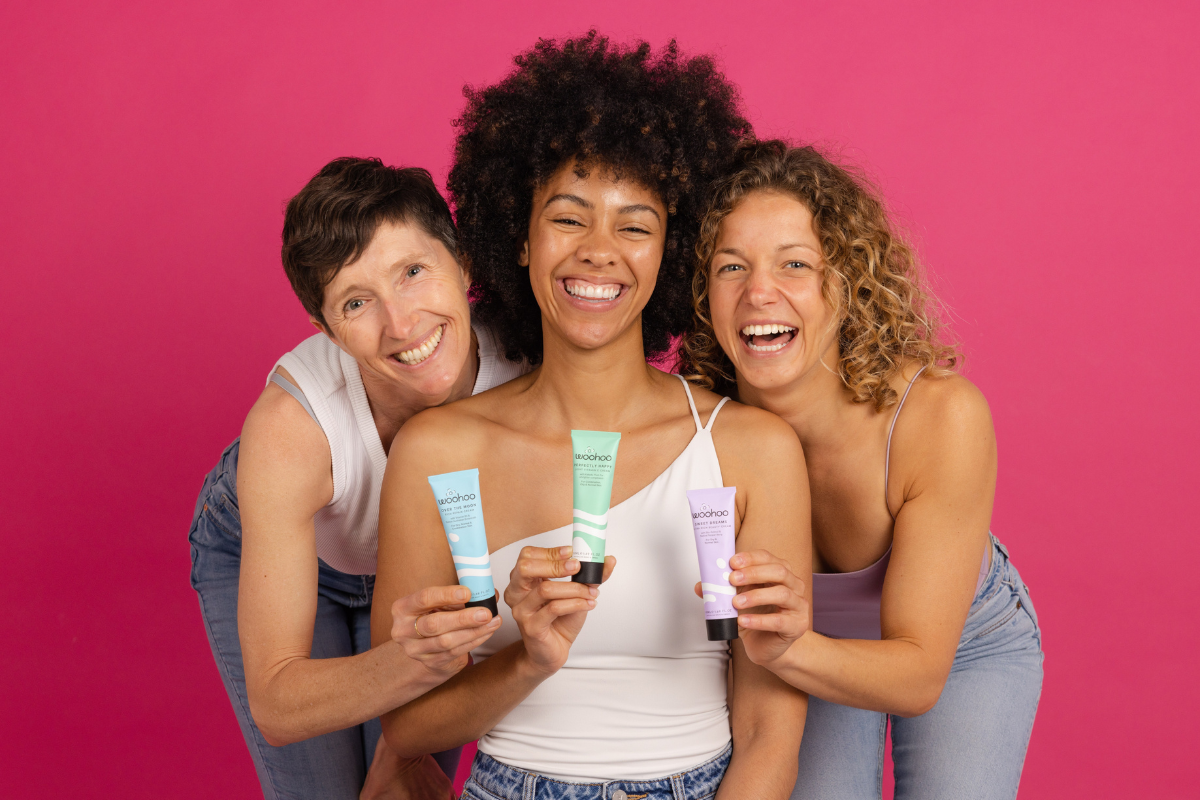With the weather warming up and the prospect of outside being just too good to resist after a few months of hibernation, a good sunscreen is once again high on the priorities list.
So with so many choices available, where do you start?
First let’s have a look at the two different types – chemical absorbers and physical blockers.
Chemical Absorber Sunscreens
These are the most common and usually found in your supermarket aisle. They work by reacting with your skin to absorb UV rays, convert the UV rays into energy, then release them from your skin.
All the big brands use chemical blockers because they are nice and easy to apply – you don’t look like a white faced clown and you can apply your makeup as normal over the top.
They do have a few down sides though.
- No one chemical absorber protects against the entire broad spectrum of UV rays. They do well at protecting you against UVB rays but not UVA. This means that they stop you burning, but not ageing. Manufacturers use a combination of chemical absorbers to protect against UVA and UVB.
- Some chemical absorbers such as Avobenzone become unstable when exposed to UV rays. Recent research has opened up the debate that chemical absorbers like Avobenzone are actually increasing free radical damage in the skin rather than stopping it.
- Other negatives are that many chemical absorbers can irritate the skin, trigger allergies, penetrate into the blood stream and linked to hormone disruption. This is why supermodel Giselle Bundchen publicly stated she refused to use sunscreen on her children.
If you want to know how to spot a chemical absorber ingredient it is very easy. It is any active sunscreen ingredient that isn’t zinc oxide.
Eco Concerns
Chemical absorbers are also not very friendly to our reefs. Researchers are finding that compounds in chemical absorber sunscreens are harmful to reefs because they trigger a virus that causes it to become sick, turn white and die. It is estimated that 4000 – 6000 tons of sunscreen is washed off every year onto reefs. That is because 90% of tourists visit 10% of the world’s reefs.*
Physical Blockers Sunscreens
 These are the old fashioned sunscreens using Zinc Oxide which sit on top of the skin and reflect the UV radiation. It is the only ingredient that provides true broad spectrum UVA/UVB protection.
These are the old fashioned sunscreens using Zinc Oxide which sit on top of the skin and reflect the UV radiation. It is the only ingredient that provides true broad spectrum UVA/UVB protection.
If you want to avoid chemical absorber sunscreens, these are the only other choice available at the moment.
Along with Zinc Oxide, Titanium Dioxide is also considered to be a physical blocker but it is more of a hybrid. It both reflects and absorbs UV rays, but has concerns over its safety when used at nano particle size (not sure what nano-particles are? Read below  ).
).
Zinc-based sunscreens have come a long way but they are still very thick and can leave your skin looking a lighter shade. There are some good options but nothing that is as easy to use as a chemical absorber sunscreen. They are our personal preference when it comes to sun protection.
What about Nano Particles? Are they really evil?
Nano particles are particles that are smaller than a micron, used in some physical blocker sunscreens because they’re so small they’re transparent. They are invisible to the human eye and reduce the white film appearance that thick blocker sunscreens can leave on your face.
They have been hitting the headlines lately and no one can agree on whether they are safe or not. So it is a hard one to comment on. Some believe that due to their size the nano particles could be absorbed into human cells and the health impacts of this are unknown.
There are some brands who market their sunscreens which are “nano free” but the independent group Friends of the Earth did a test of 20 sunscreens and they all failed because they contained nano particles, even those that claimed to be “nano free”. This prompted Friends of the Earth to remove all sunscreen recommendations for 2013. We will be looking into this some more for you.
Last but not least – a quick guide to SPF
Sun Protection Factor (SPF) is an indication to how well a sunscreen protects against UVB rays (Not UVA). So always look for a sunscreen that has a SPF and says that it is broad spectrum.
- SPF 15 blocks about 93% of UVB
- SPF 30 blocks 97% of UVB
- SPF 50 blocks 98% UVB
So which sunscreen do you choose?
 We are on the hunt for the best one but until we find it here are 3 things to keep in mind
We are on the hunt for the best one but until we find it here are 3 things to keep in mind
- Zinc based provides the best protection and is more reef friendly even if they are not as easy to use.
- SPF 30 or above is best
- Always choose broad spectrum.
* Coral Reef Research – Danovaro R, Bongiorni L, Corinaldesi C, Giovannelli D, Damiani E, Astolfi P, et al. 2008. Sunscreens Cause Coral Bleaching by Promoting Viral Infections. Environ Health Perspect 116:441-447.


